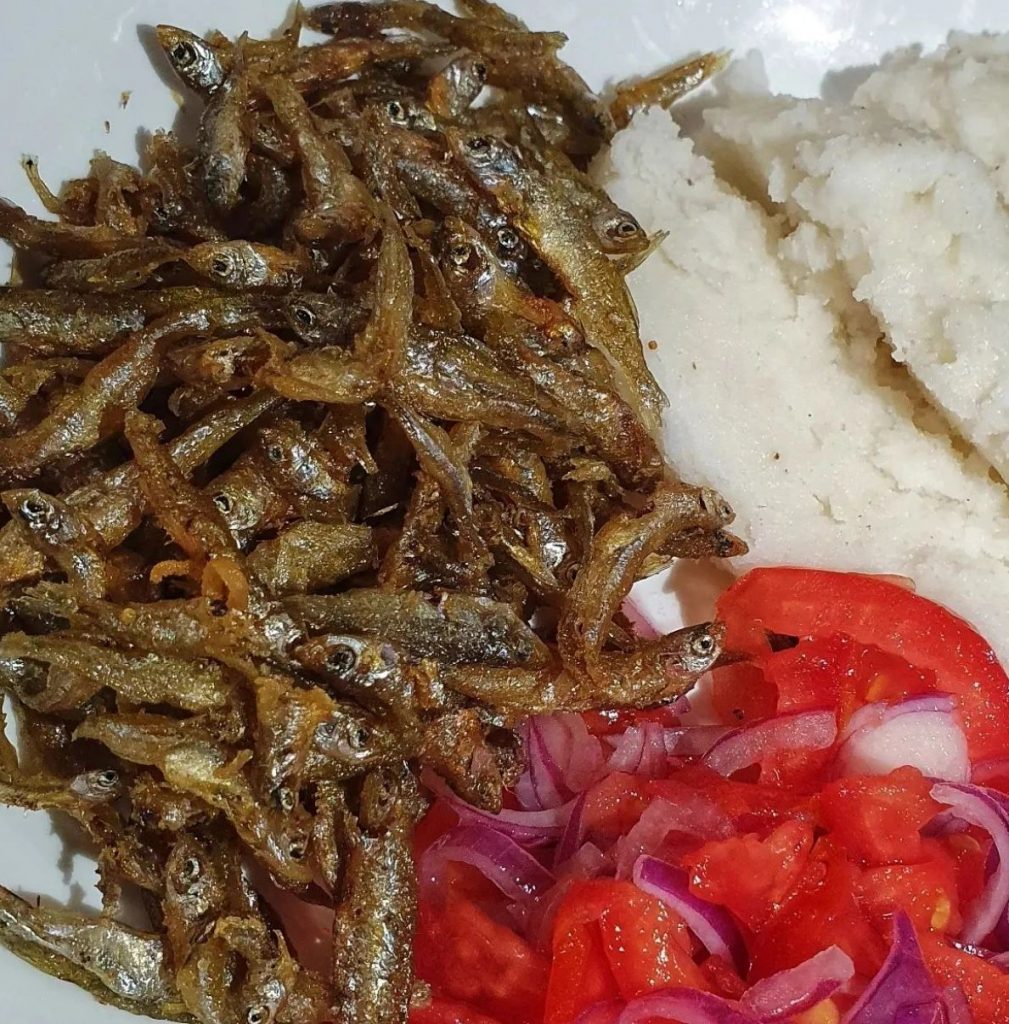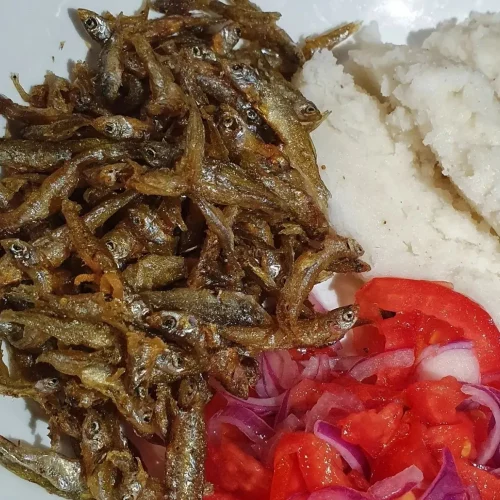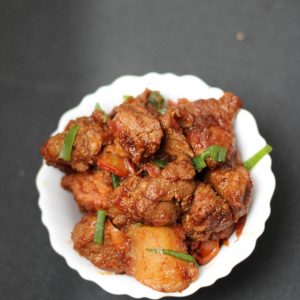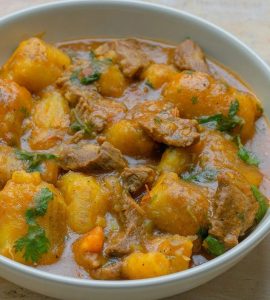Silver Cyprinid is the English name of omena or the common English name. The scientific name is (Rastrineobola argentea) Also known as ‘Lake Victoria Sardines.’
It is also known as ‘dagaa’ in Swahili. Omena is a protein and Omega-3 fatty acids-rich freshwater fish.
Note that omena are not technically sardines; they belong to different genera. Omena is in the genus Rastrineobola, while sardines are in Sardinella.
We’ll get into more detail on nutrition and benefits in the last section of this post.
Omena is caught fresh and sun-dried as a preservation measure to a moisture content of <7%. Let’s get into the FAQs and then the recipe without wasting much of your precious time.
FAQs
Is it healthy to eat omena every day?
There is no harm in consuming omena daily; it is healthy as it packs essential nutrients in a large quantity per serving compared to other foods.
How do you remove bitterness from omena?
Soak them in lukewarm water for 10 minutes and drain off the water. Boiling the omena will make them more bitter.
What is the difference between sardines and omena?
First, sardines are saltwater fish, while omena are freshwater fish.
Secondly, they belong to different genera in biological classification.
Third, sardines are visually larger in size than omena.
Fourth, omena are only found in East Africa, while sardines are in oceans worldwide.
Is Omena good for men?
Omega-3 fatty acids in omena can contribute to heart health, which is closely linked to sexual health. A healthy cardiovascular system is vital for sexual function.
Also, omena packs a high protein content, which is essential for producing hormones and enzymes involved in sexual function.
Omena contains various vitamins and minerals, such as vitamin D and Zinc, which are critical for overall health, including reproductive health.
Are omena acidic?
No, the natural pH of omena itself is not typically acidic. They just have a bitter taste when raw; the bitterness does not relate to acidity in any way.
Infact, bitterness is associated with alkalinity, which is the opposite of acidity!
What happens when you eat omena?
From a health standpoint, eating omena can have several potential benefits due to its nutritional content, especially in terms of protein and omega-3 fatty acids.
Does omena have cholesterol?
Omena, like many fish, contains some cholesterol, but the cholesterol content is relatively low compared to other protein sources like eggs and beef.
Yes, it has cholesterol, but it is insignificant, so don’t worry about it. Infact, all animal products have cholesterol, and it is the level of it you should be investigating.
For example, the same serving size of eggs has 3x more cholesterol than omena.
Does omena contain mercury?
Omena is often considered a safer choice regarding mercury exposure since its food chain is smaller and thus less likely to accumulate mercury than marine sardines, which have a significantly higher content.
Mercury should be a concern in big fish like tuna; because they are at the end of a long food chain and accumulate more mercury at the end from all the small fish they eat.
Where should you buy omena?
You can either buy from the open market or the supermarket. The market offers them at a way cheaper price and in fresher conditions, however, you will have to hand sort them as they mostly contain small stones and shells.
For the supermarket, while expensive and lesser fresh; they are sorted and cleaned already so there is no hassle of picking off stones and shells.
Essentially the choice depends on your compromise

Ingredients
This recipe serves two
- 2 cups of sardines
- 1 onion sliced
- 2 tomatoes diced or canned whole tomatoes
- 4 garlic cloves minced
- 1 lemon or 3 tbs vinegar as a substitute
- Vegetable oil
- Salt and Pepper
- 1 cup coconut cream/milk (optional)
- Spring onions, chives, coriander, or parsley (optional)
- Bell peppers (optional)
- 1tbs tomato paste (optional)
- 1tbs fish masala (optional)
Procedure
- Add the omena in lukewarm water, add the juice of two lemons, and let it soak for at least 10 minutes. You can use 3 tbs of vinegar instead of lemon juice.
- Drain off the water and dry the sardines with a paper towel or kitchen cloth.
- In a deep wide pan or wok, oil the surface and add the small dry fish while churning around till golden, crispy, and crunchy.
- Drain the excess oil from the small dried fish.
- In the same pan, add onions, garlic, tomato paste, diced tomatoes, bell peppers (capsicum), and the fish masala.
- Simmer till tomatoes cook and break down; you can choose to puree or blend your tomatoes for an even smoother sauce using an immersion blender.
- Add the fried fish and simmer for 3 minutes on low
- Proceed to add coconut milk/cream. (Cooking omena with milk or cream is optional)
- Add salt and pepper and cook till sauce has thickened and reduced further for approximately 3 minutes
- Garnish with coriander, spring onion leaves, chives, or parsley
- Serve with ugali, chapati, or white rice


Omena Recipe (With Milk)
Ingredients
- 2 cups omena
- 1 onion
- 2 tomatoes
- 4 cloves garlic
- 1 small lemon
- 1 cup coconut milk/ cream
- 3 tbsp vegetable oil
- salt & pepper
- 1 tbsp tomato paste OPTIONAL
- 1 tbsp fish masala OPTIONAL
Instructions
- Soak omena in lukewarm water with lemon juice or vinegar for 10 minutes to remove bitterness.
- Drain and pat dry the soaked omena with a paper towel or kitchen cloth.Heat vegetable oil in a deep wide pan or wok.
- Fry omena until golden, crispy, and crunchy. Drain excess oil.In the same pan, sauté onions, garlic, diced tomatoes, and optional ingredients like bell peppers and tomato paste.
- Simmer until tomatoes break down; consider pureeing for a smoother sauce.Add fried omena to the pan and simmer for 3 minutes on low heat.
- Optional: Add coconut milk/cream and simmer until the sauce thickens.Season with salt and pepper to taste.
- Garnish with fresh herbs like coriander, spring onion leaves, chives, or coriander.
- Serve hot with ugali, chapati, or rice.
Notes
- Bitterness Removal: Soaking omena in lukewarm water with lemon juice or vinegar helps remove bitterness. Avoid boiling omena, as it can intensify bitterness.
- Frying Technique: Ensure the omena is thoroughly dried before frying to achieve a crispy texture.
Omena Benefits
Typical omena fish constitute the following by dry weight: 46% proteins,18% fat, 17% minerals, and 19% calories.
Omena and omena porridge contains omega 3-Polyunsaturated fatty acids(PUFAs).
Studies have shown that they help cell receptors, thus protecting the cells from cancerous complications and many diseases, especially heart-related ones.
In women, the omega-3 PUFAs help ease menstrual pains and stabilize estrogen levels. Read More
For children, it is suitable for brain development and reduces ADHD and asthma conditions. Read more. This can be achieved by omena porridge for young children.
Lastly, for pregnancy, omena intake with high levels of omega-3 ensures proper brain development and organ growth for the unborn infant.
Nutritional Information
Servings: 1
Amount per serving Calories 651
% Daily Value* Total Fat 41.5g 53% Saturated Fat 13.2g 66% Cholesterol 212mg 71% Sodium 859mg 37% Total Carbohydrate 31.5g 11% Dietary Fiber 7.5g 27% Total Sugars 15.4g Protein 42.1g
Vitamin D 405mcg 2026% Calcium 624mg 48% Iron 7mg 37% Potassium 1272mg 27%
*The % Daily Value (DV) tells you how much a nutrient in a food serving contributes to a daily diet. 2,000 calories a day is used for general nutrition advice.
Recommended Links
17 Popular Food Dishes in Kenya; Mega Compilation
Brown (Millet / Sorghum) Ugali Recipe: Step-by-Step Guide
Ugali Mayai Recipe: The Saviour of Starving Campus Students
15 Popular Kenyan Street Foods Compilation |Nairobi Street Food
The Ultimate Mega Guide To Snacks In Kenya: Candy, Chips & More




